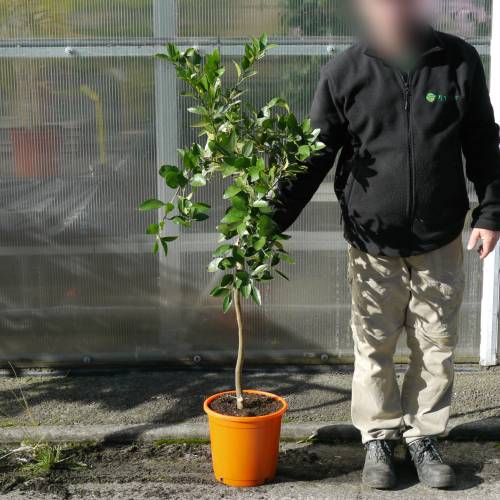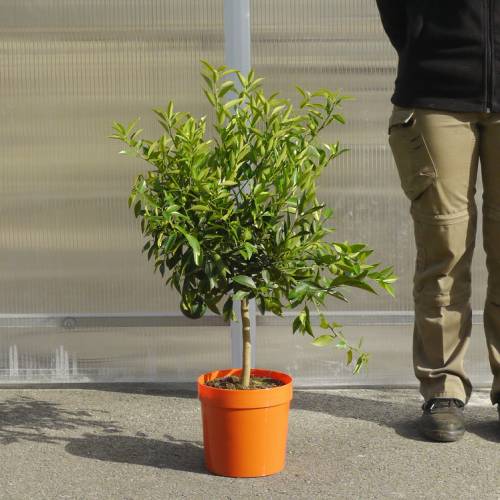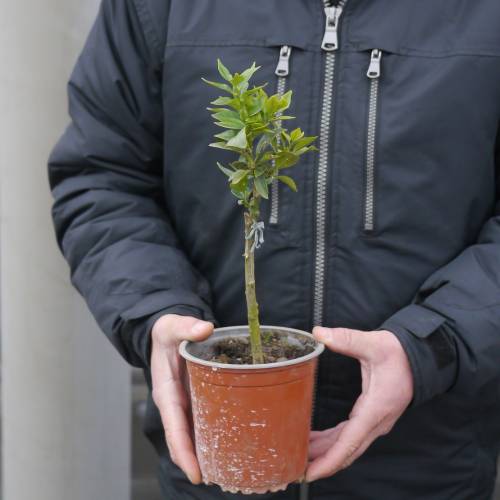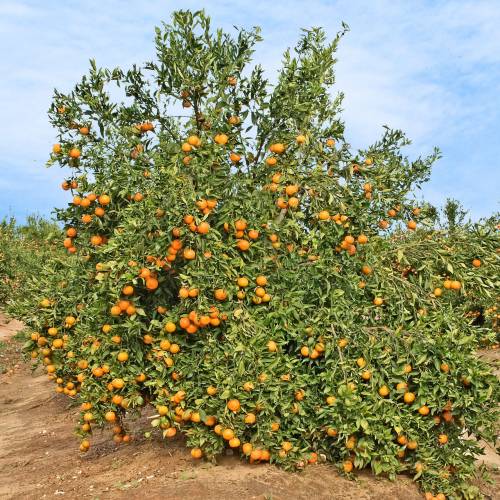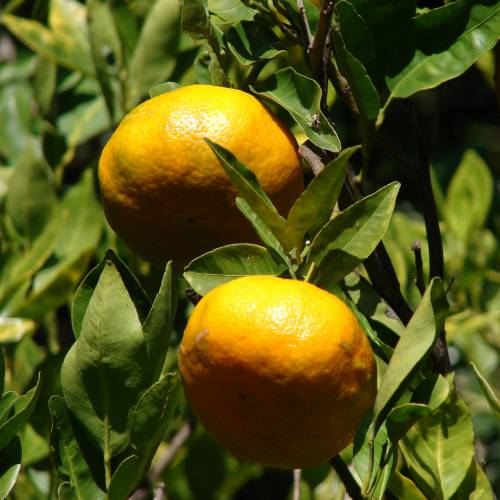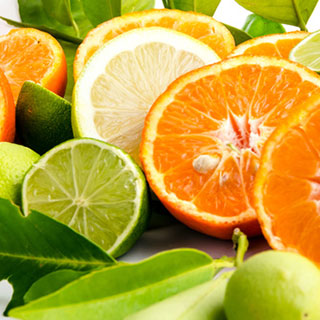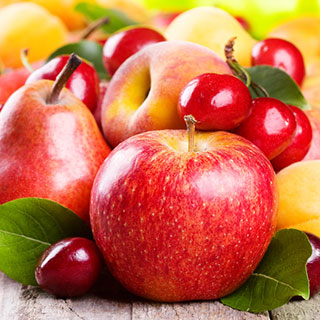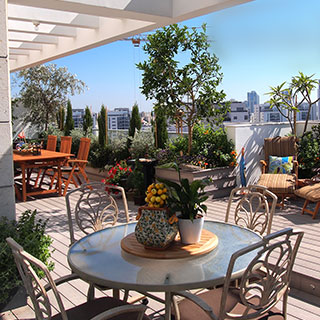
Plants
Mandarin Orange tree / Citrus reticulata 1
-
129.48 € Mandarin orange tree - Citrus reticulata
9919S - 1 item in stock
-
69.50 € Mandarin orange tree Satsuma - Citrus reticulata
9919S1 - Available
-
64.95 € Mandarin orange tree Satsuma - Citrus reticulata
9919S2 - Available
-
41.08 € Mandarin orange tree - Citrus reticulata
9919K - Available
-
39.47 € Mandarin orange tree - Citrus reticulata
9919Q - Available
-
26.52 € Mandarin orange tree - Citrus reticulata
9919U - Available
-
24.91 € Mandarin orange tree - Citrus reticulata
9919V - Available
-
0.40 € FERTILISER
9919A - Available
-
Geographical origins: South East Asia.
Adult size: Height up to 8m, spread up to 4 m.
Foliage: Evergreen.
Type of soil: free draining, neutral to acid.
Climate: Hardy to -6°C.
Site: Partial shade to full sun.
Characteristics and uses:
The Mandarin Orange tree has a fragrant, white blossom in the spring. The fruits that follow are the mandarin (Satsuma), small fruits with a juicy, sweet flesh which become orange in the autumn and can stay on the tree all winter if it does not freeze.
The Mandarin Orange tree has to be protected from cold in winter (pot and foliage), as it can start losing its leaves as soon as temperatures fall below -6°C. However, this protection is only necessary if the temperature does not go up during the day.
In the coldest areas, it is recommended to shelter your Mandarin orange tree in a conservatory, or a non-heated room during winter.
The Mandarin 'Keraji' is a hybrid of Japanese’s origin. It distinguishes itself from the other Mandarin trees by its outstanding cold’s resistance, up to -12°C when well established. Its fruits which reach maturity in winter have an excellent flavour, even in the coldest areas. They are well balanced, acidulous and sweet, easy to peel with a flattened shape.
Plant them now: the shortest way to your plate is through your garden!
Looking after advice:
Watering: As Citruses do not like dryness it is important to water them regularly, but not abundantly. In summer, water every day if necessary, in winter water once or twice a week.
Fertilizer: From March to October, give it a suitable citrus fertilizer once a month.
Pruning: Prune regularly in the spring and in summer to encourage ramification and keep it in the wished for shape.

